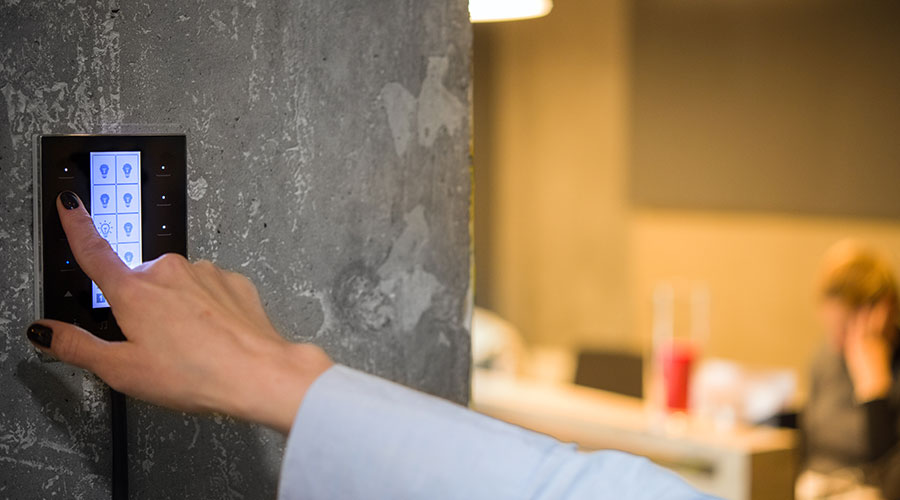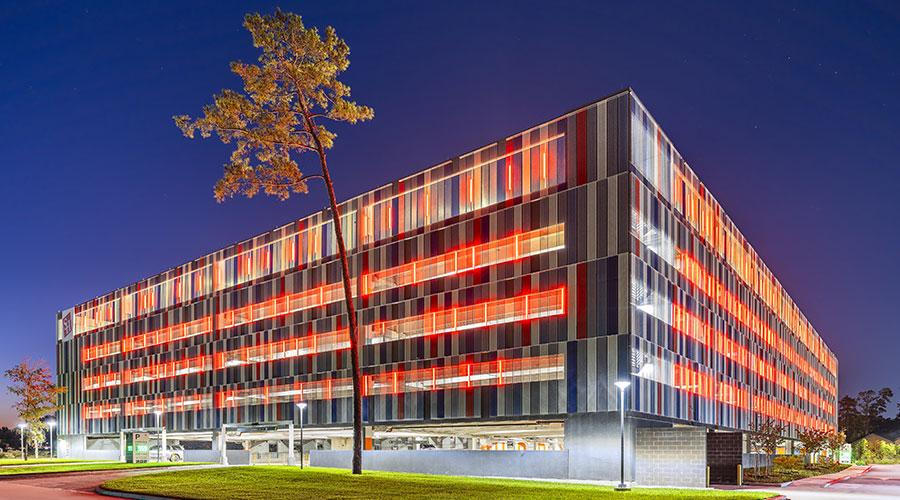Dimming Electronic Ballasts Are a Cost-Effective Solution
Dimming electronic ballasts typically are more expensive than fixed-output electronic ballasts, but their average prices have been falling. As a result, automatic and manual dimming now is cost-effective for a range of applications in existing buildings.
“Owners can add dimming to spaces in their building by replacing standard switches with dimmers and, for fluorescent lights, replacing fixed-output ballasts with dimming ballasts that then can be easily integrated with occupancy or daylight sensors,” Jouaneh says. “This gives owners several energy-saving, lighting-control strategies, such as dimming, occupancy sensing, and daylight harvesting, while improving the comfort and satisfaction of occupants.”
Dimmable ballasts now are as efficient as standard, instant-start ballasts. Managers can look for the Premium label from the National Electrical Manufacturers Association for the most efficient dimmable ballasts. Some ballasts can communicate with lighting controls wirelessly or by using existing line-voltage wiring, making various control strategies more cost-effective. When dimming is available, more sophisticated daylighting control, demand response and personal control become possible.
Managers can implement daylighting control by adding one or more photosensors, which might be wireless. When combined with dimming technology, photosensors adjust light levels continuously based on changing daylight conditions without irritating occupants. This strategy can produce energy savings of 35-60 percent.
Managers can ensure demand response with dimming because loads are not shut off or abruptly cut by one-third or one-half. Instead, the loads gradually reduce to a desired level. This capability enables facility operators to reduce lighting loads on a schedule or in response to a pricing signal or utility request. Researchers are studying the potential savings, but many consider demand response the future of lighting control.
Related Topics:
















